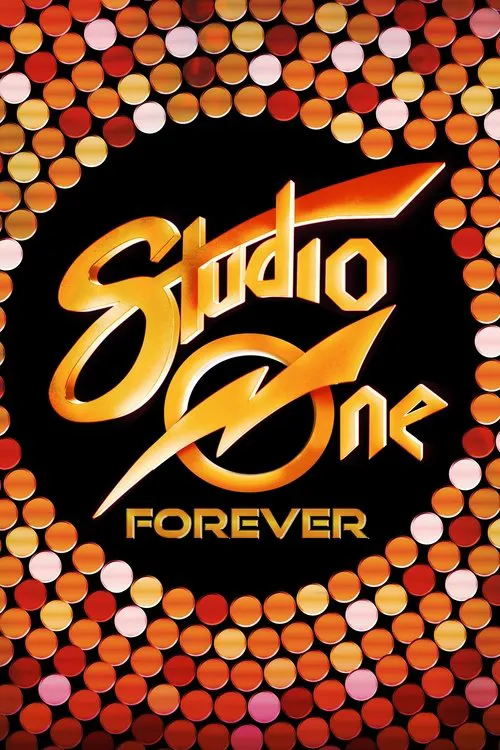Studio One Forever

Plot
Studio One Forever is a poignant documentary that explores the vibrant and tumultuous history of Studio One, a nightclub that served as the epicenter of West Hollywood's LGBTQ+ community from 1974 to 1994. Located in the heart of the city, Studio One was more than just a dance floor and bar – it was a sanctuary, a gathering place, and a bastion of activism during some of the most critical years in the LGBTQ+ rights movement. As the film reveals, Studio One emerged in the mid-1970s, a time when the city was rapidly transforming into a hub for creative expression and self-discovery. The nightclub's owners, Don Slater and his partner, Ron, had a vision to create a welcoming space for the LGBTQ+ community, where individuals could come together, be themselves, and experience the joy of dance, music, and camaraderie. As Studio One gained popularity, it quickly became a launching pad for the LGBTQ+ rights movement. Activists, artists, and performers flocked to the club, using its stage and dance floor as a platform to raise awareness, rally support, and advocate for change. From the early days of drag performances and poetry readings to the more explicit calls to action during the AIDS crisis, Studio One became a beacon of resistance and solidarity. One of the most pivotal moments in Studio One's history was its transformation into a hub for AIDS activism. When the disease first emerged in the early 1980s, many in the LGBTQ+ community were unsure how to respond. They faced stigma, rejection, and a lack of support from the medical establishment. Studio One, however, became a place of refuge and action. Activists and community leaders, including Larry Kramer, the co-founder of ACT UP, used the club as a headquarters to organize protests, educate the public, and demand greater attention from government officials and medical professionals. The film showcases the resilience and determination of the individuals who called Studio One home. From drag queens and punk rockers to artists and activists, the community that gathered at the club was a vibrant tapestry of creative expression and activism. There's Don Slater, the club's owner, who, despite facing numerous challenges and hardships, remained committed to his vision of creating a safe and inclusive space for the LGBTQ+ community. There's Dina Eastwood, a dancer and performer who became an icon of Studio One's era, using her art to empower and inspire others. Throughout the film, Director Christopher Mason weaves together a rich narrative that is both deeply personal and historically significant. He interviews countless individuals who spent time at Studio One, sharing their memories, their stories, and their struggles. From poignant moments of laughter and joy to more somber reflections on the impact of AIDS and the challenges faced by the LGBTQ+ community, the film creates a nuanced portrait of a pivotal moment in history. Studio One Forever is also a testament to the enduring power of community and activism. As the club faced numerous challenges and closures, its legacy lived on through the countless individuals who were touched by its presence. For many, Studio One was more than just a nightclub – it was a second home, a place of belonging and acceptance. The film ends on a hopeful note, with the survivors and stalwarts of the Studio One community looking back on the lessons learned, the memories created, and the progress made. As the credits roll, it's clear that Studio One Forever is more than just a documentary – it's a tribute to the resilience and courage of a community that faced impossible odds and emerged stronger, more united, and more determined. The film is a poignant reminder that, even in the darkest of times, the power of human connection, creativity, and activism can lead to transformation and hope.
Reviews
Recommendations




